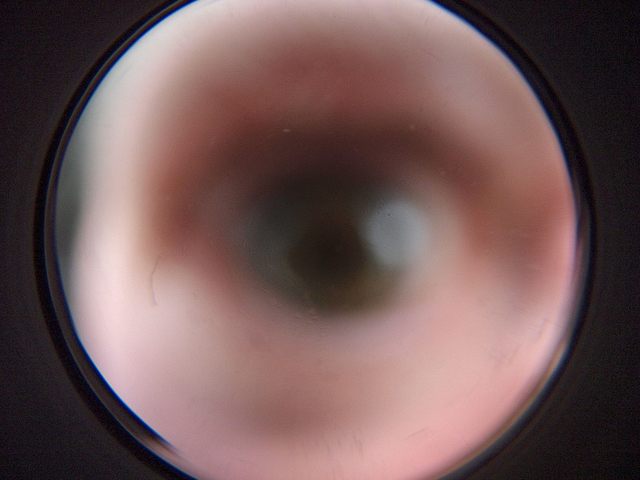Late at night on February 18, a UC Berkeley astronomy research scientist looking for extraterrestrial life finished his work only to find two burglars walking through the new $80 million Campbell Hall at the Berkeley SETI Research Center.
Howard Isaacson, who works with NASA’s Kepler Space Mission and the California Planet Search team, was teaming with other scientists deciding what exoplanets to target for alien signals. When he left, he discovered two men unknown to him on the second floor, in an area only accessible via key cards, according to the Contra Costa Times.
Isaacson called UC police, who arrested Vincent Bradley, 36, and Jared Starkweather, 27, on suspicion of burglary. One man allegedly had burglary tools. The men had allegedly taken boxes of stolen astronomy and physics textbooks, taken off the desks of about 15 to 20 people in the building, as well as items reported stolen from UC Irvine in the suspects’ car. The police stated, “UCPD would like to commend the employee, Howard Isaacson, for his assistance in arresting these burglary suspects,”
Campbell Hall, which was rebuilt and rededicated on February 12, required $80 million to restore; $71 million came from state funding, which was added to an $11 million grant from the National Institute of Standards and Technology. The hall contains the underground Center for Integrated Precision and Quantum Measurement, where scientists can conduct experiments without the noise and vibrations that most laboratories regard as problematic.
Isaacson’s Berkeley bio reads:
As part of NASA’s Kepler Space Mission and the California Planet Search team, I work to characterize the size, mass, density and composition of the exoplanets discovered that are the most like the Earth. Our team accomplishes this by combining photometric measurements of stars’ brightness collected by Kepler with radial velocity measurements of individual stars collected with the Keck Telescope and HIRES spectrometer located on the top of Mauna Kea on the Big Island of Hawai’i.

COMMENTS
Please let us know if you're having issues with commenting.